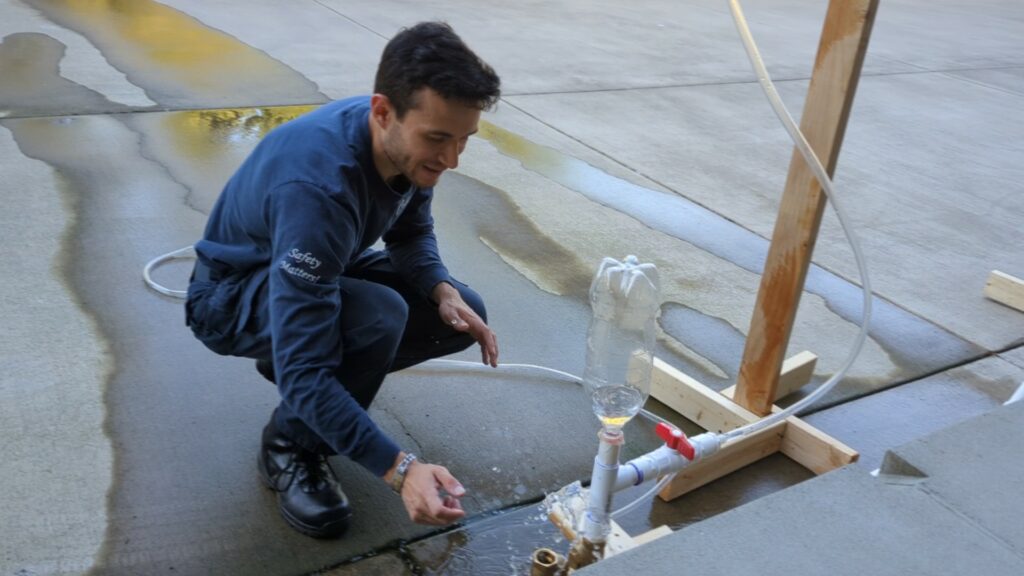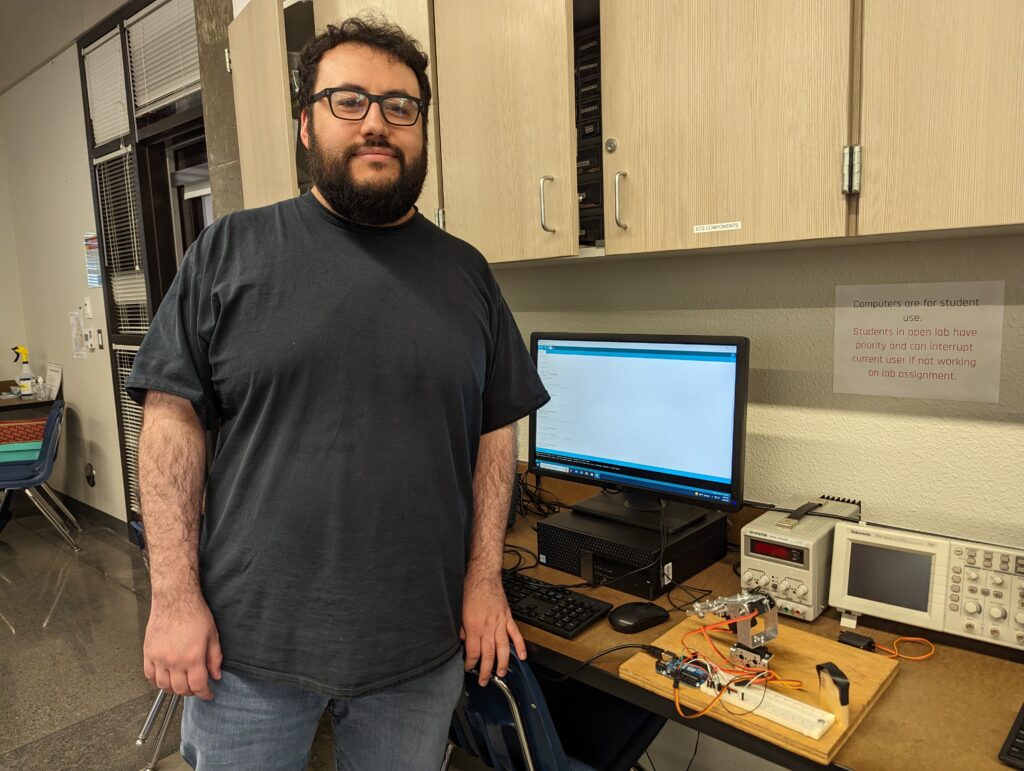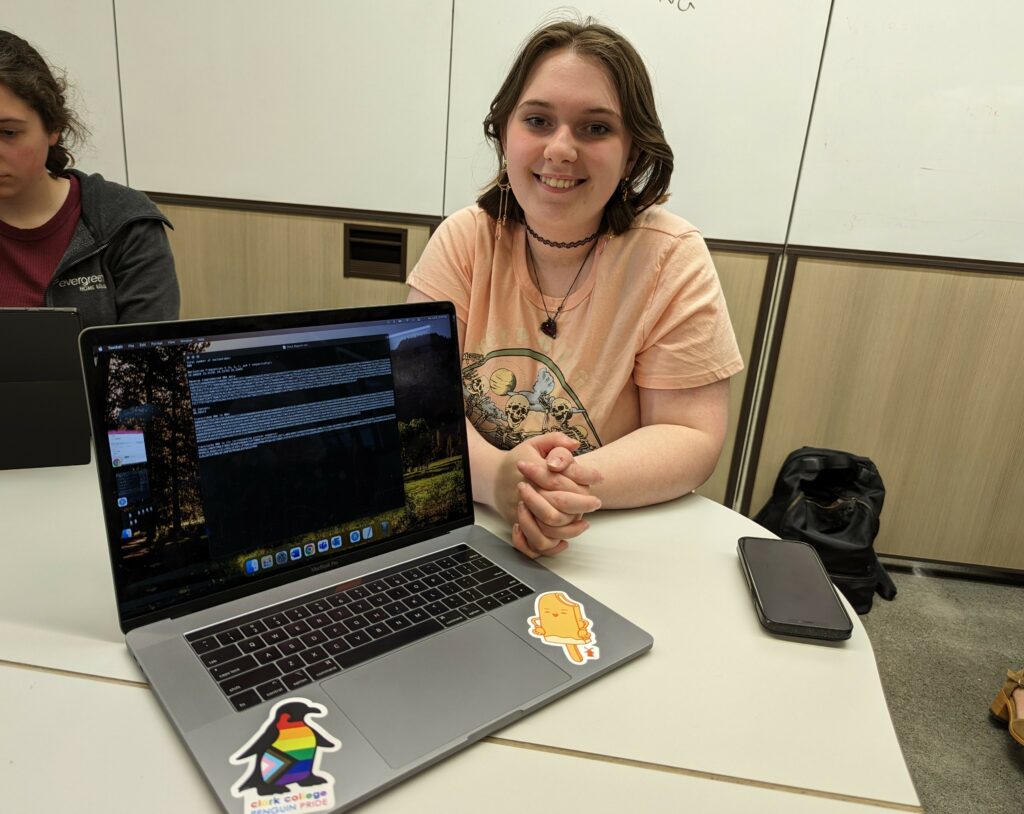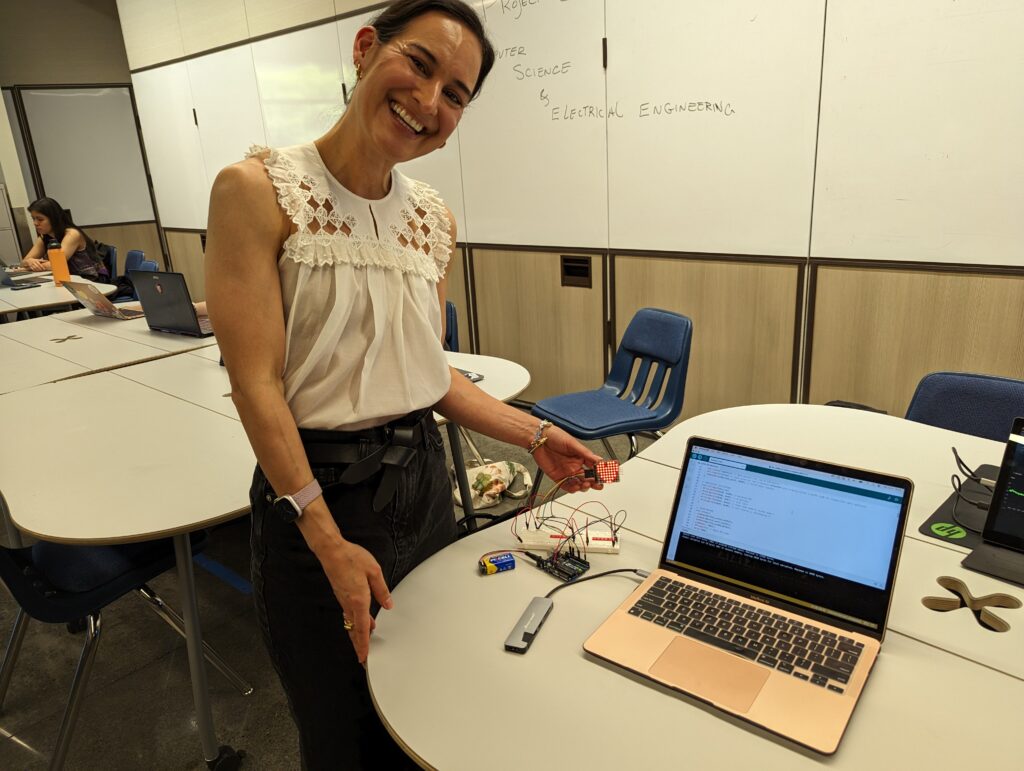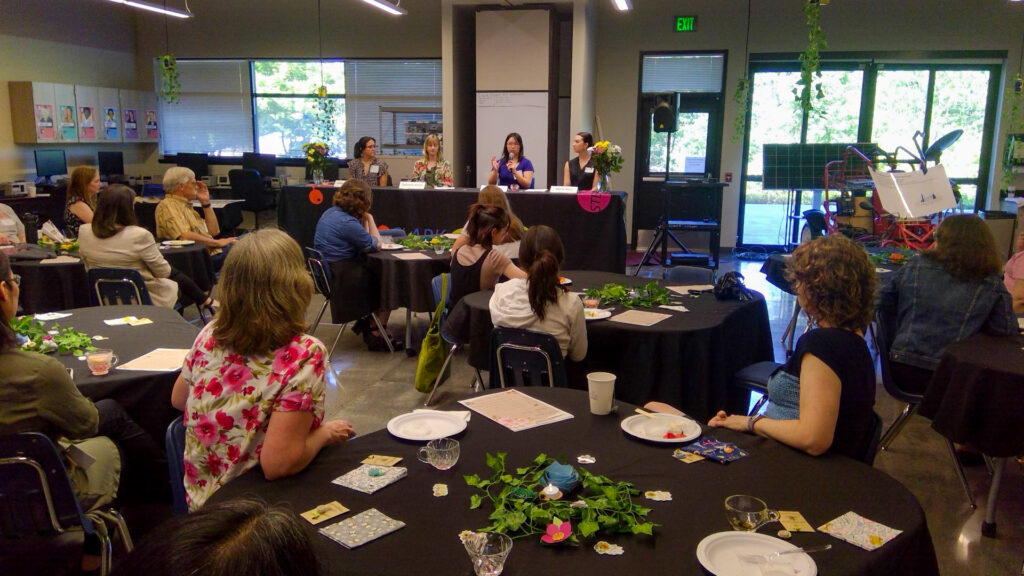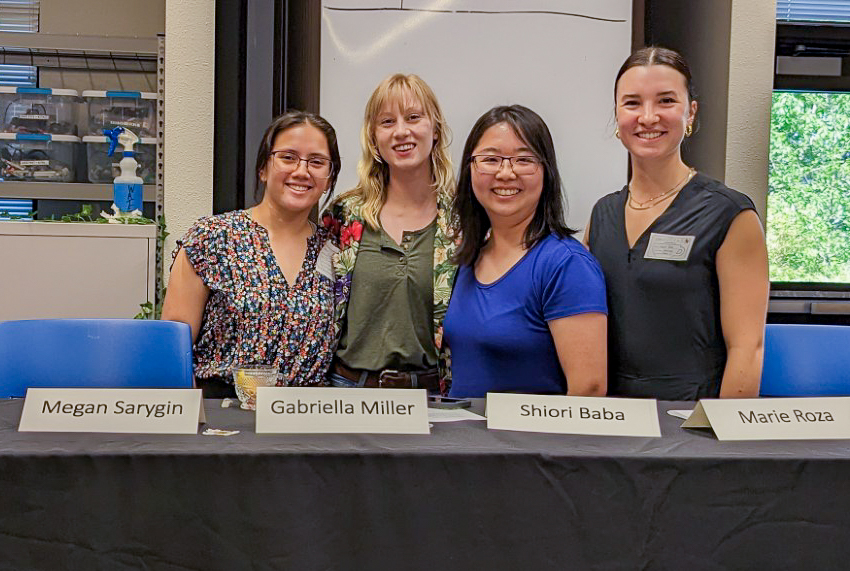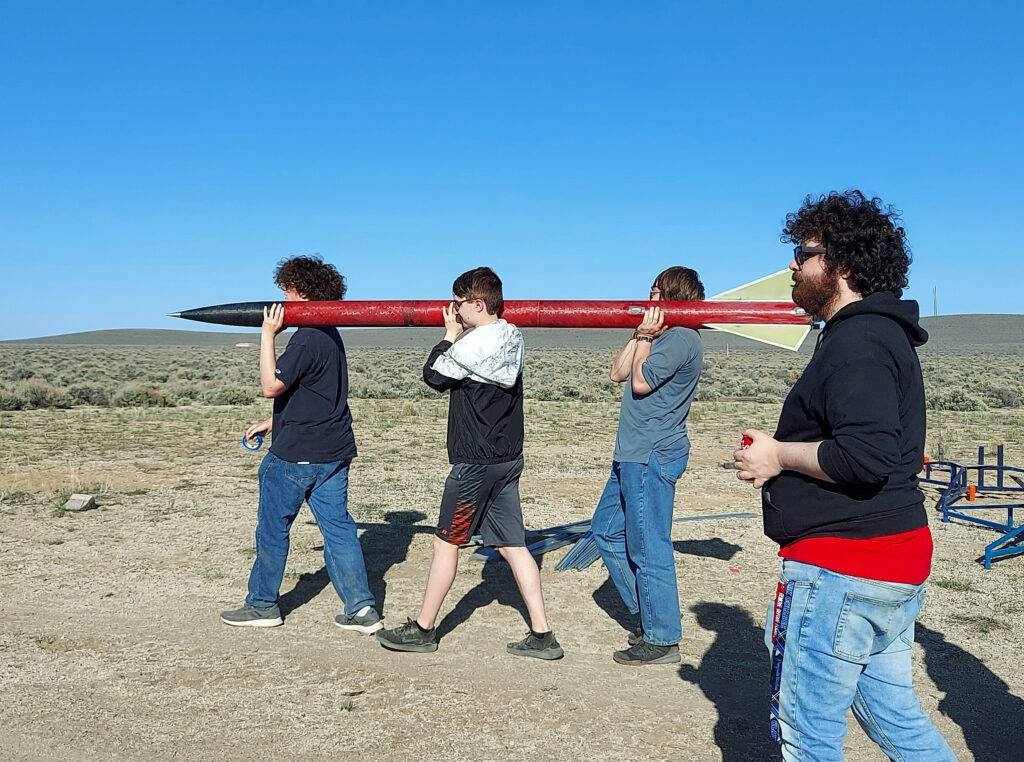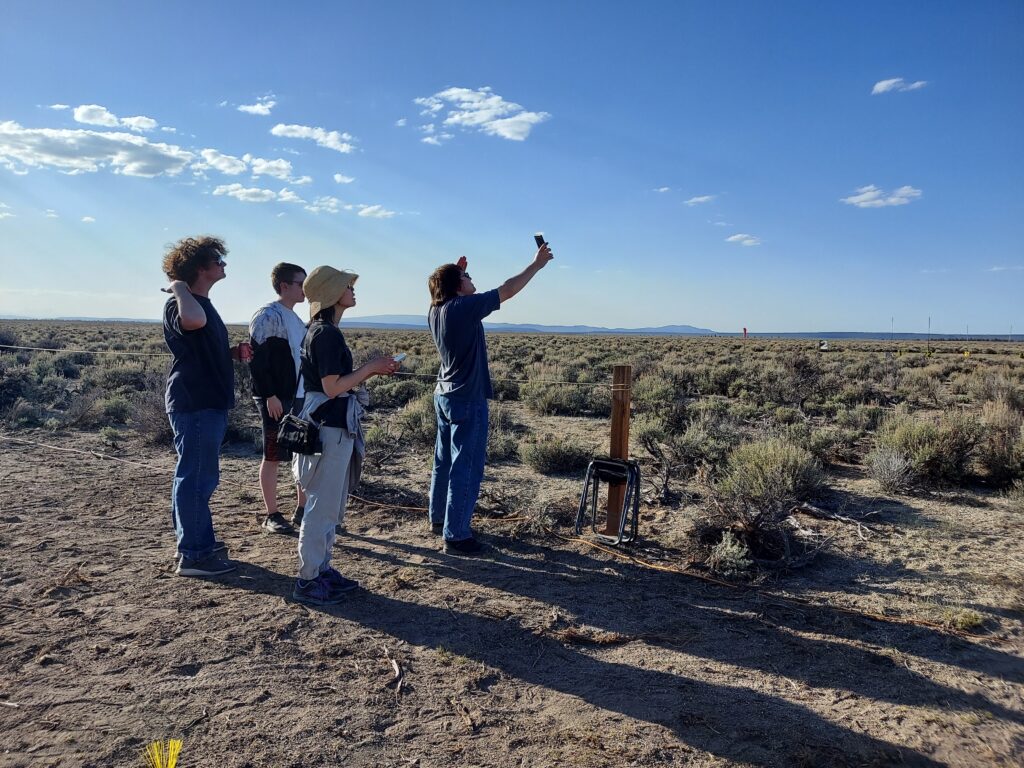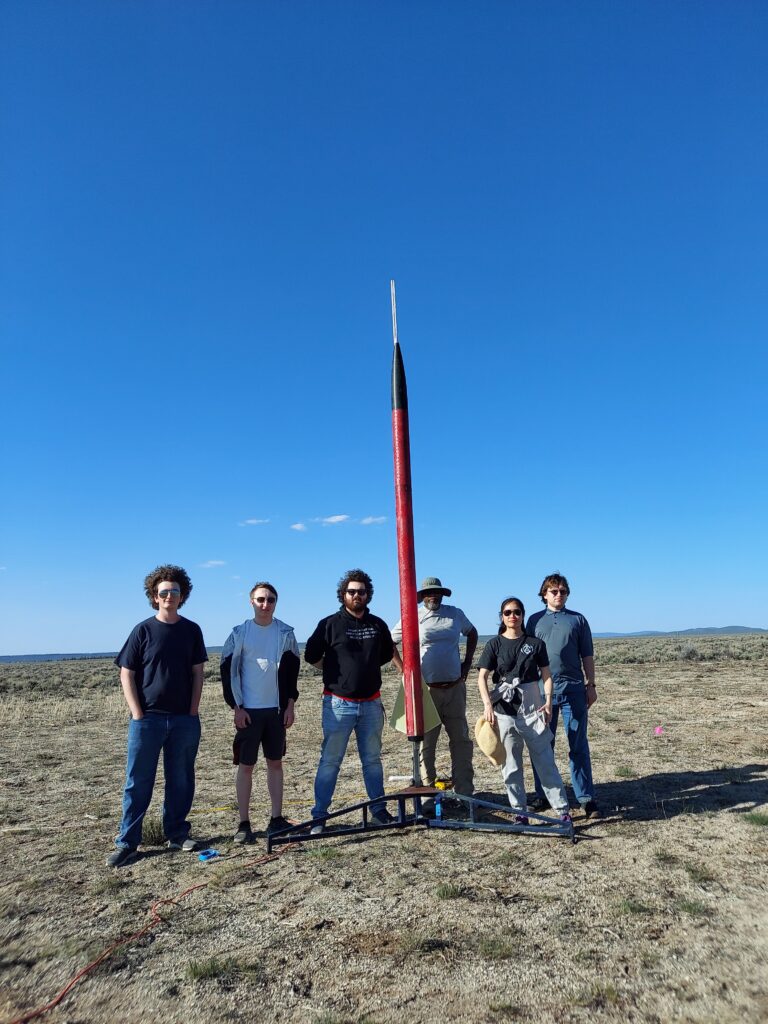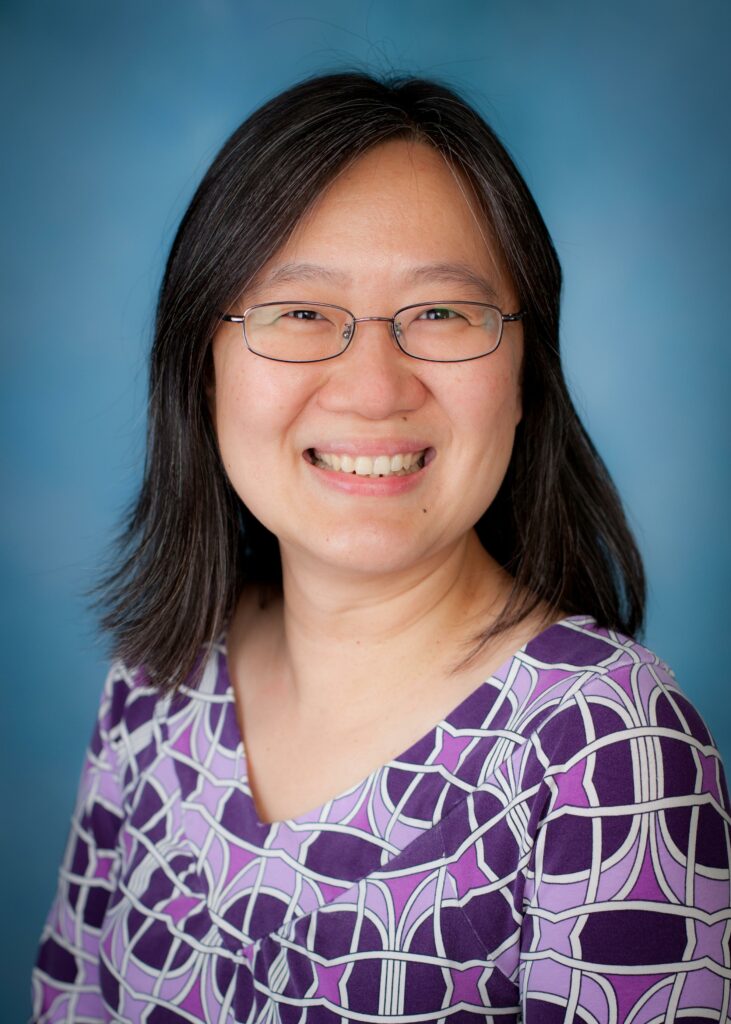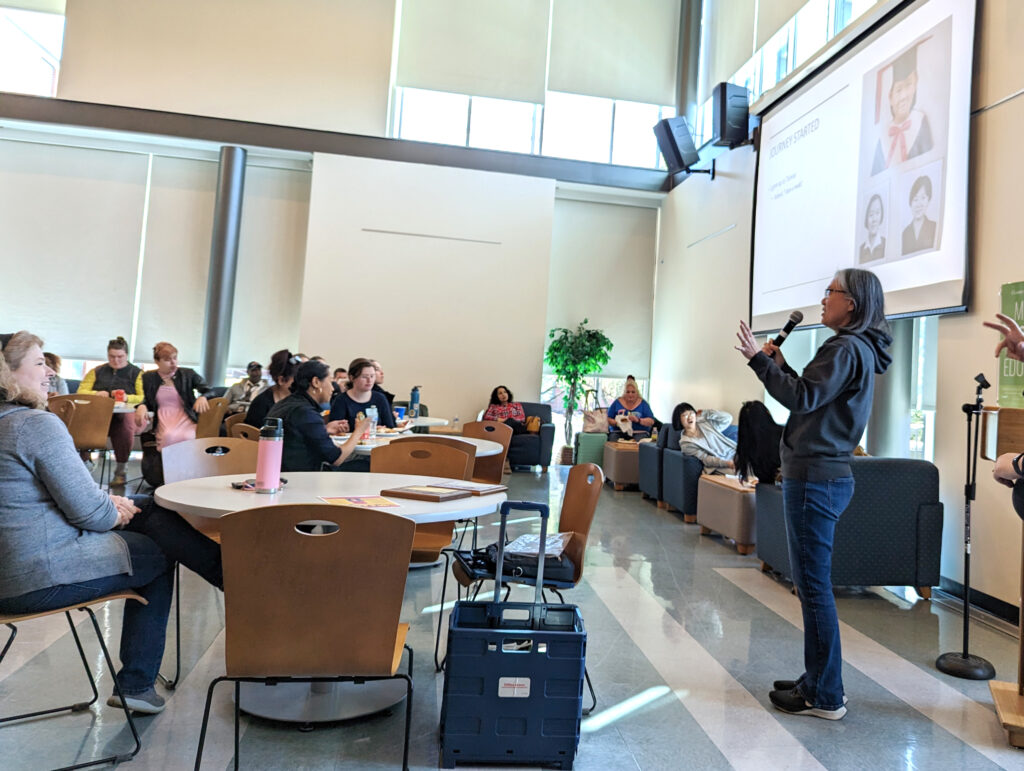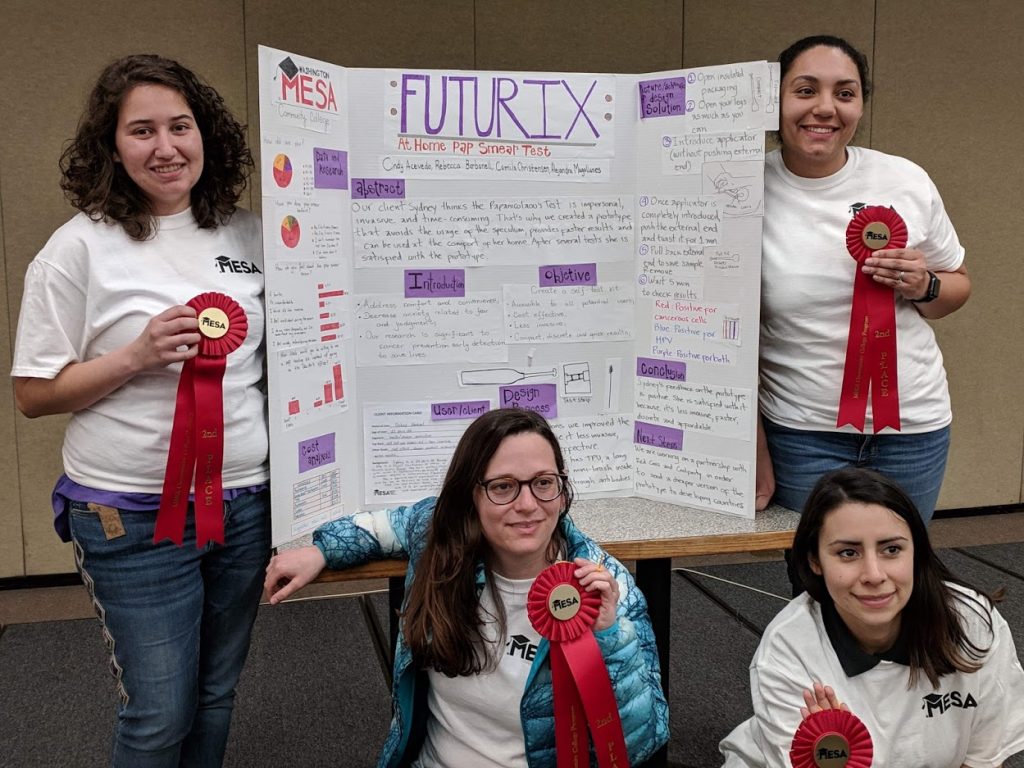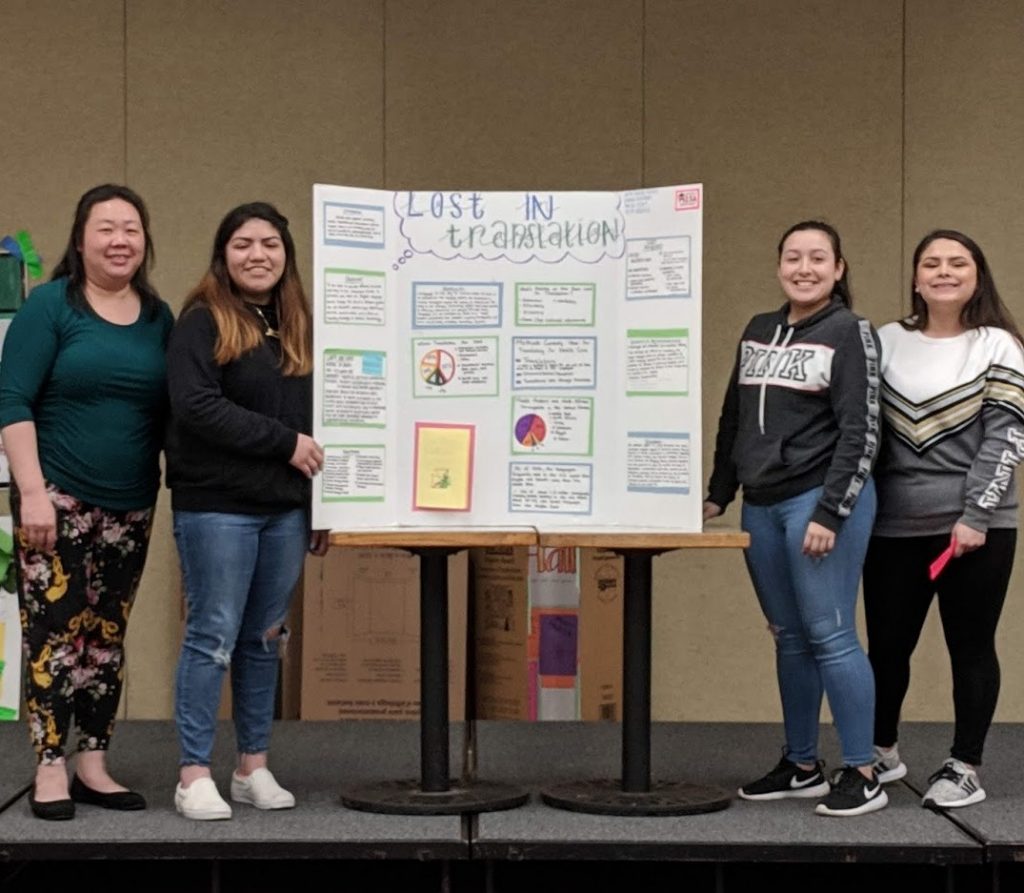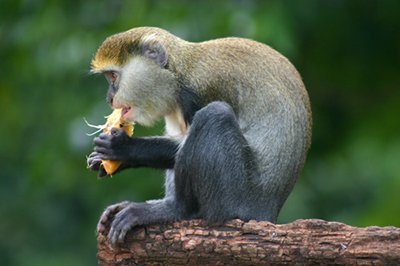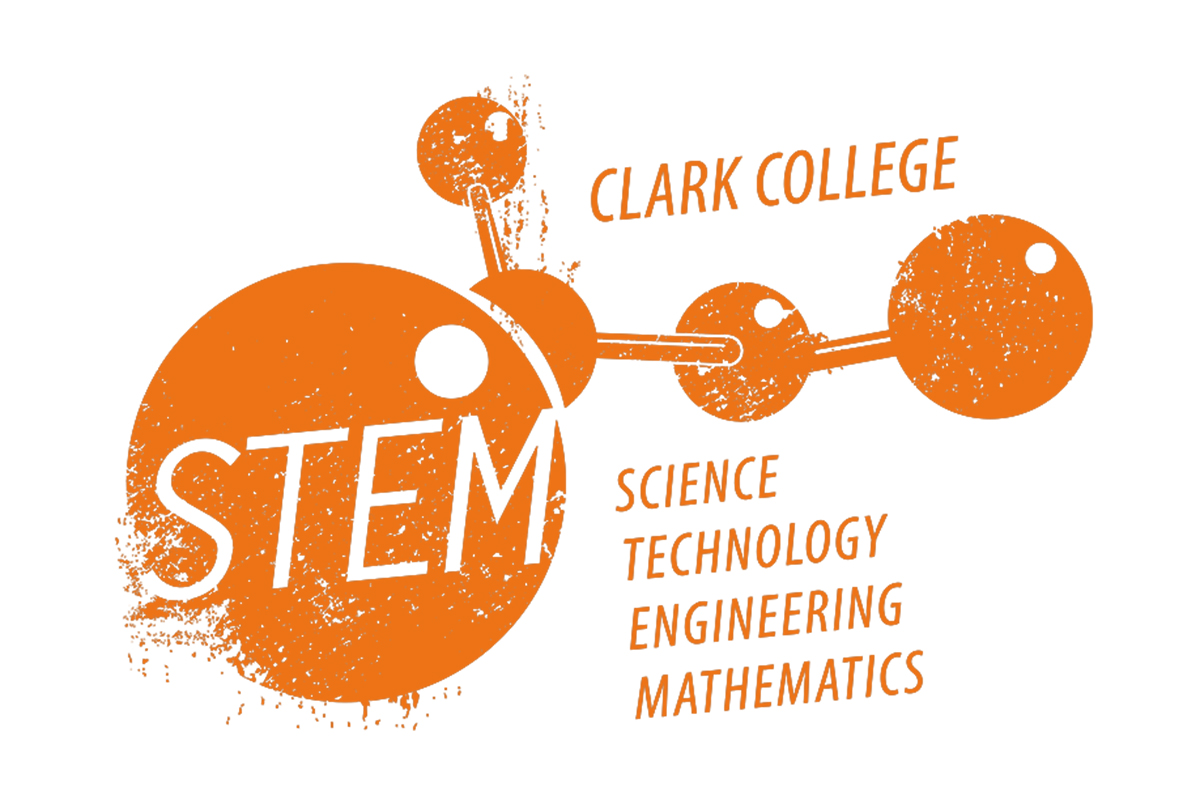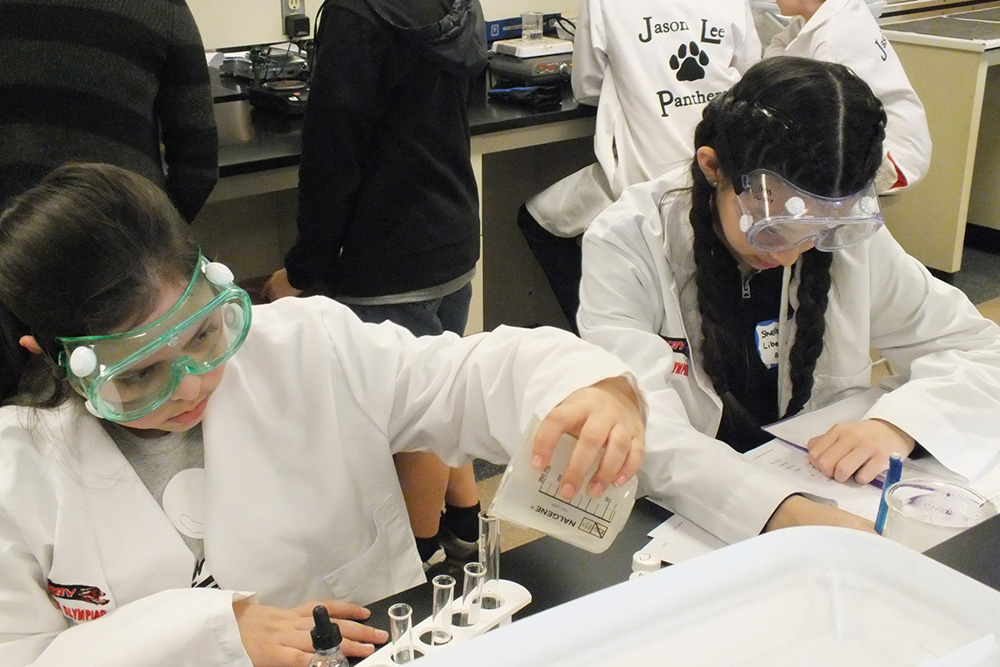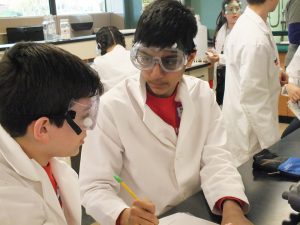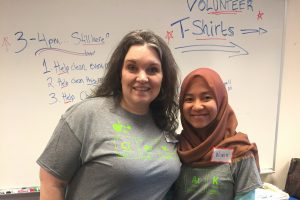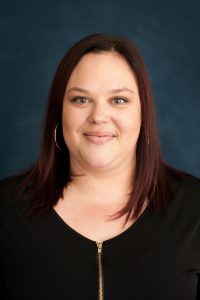
Keeley McConnell ’16
You want to know Keeley McConnell’s strategy for success, the thing that’s helped her go from remedial math to high-level medical research? It’s this: Stay focused on the path in front of you. One foot in front of the other. If you can make that next step, you can keep going.
Four years ago, the next step was: Get the kids in the car. Pack everything else in around them. Get the heck out of Dodge before your ex comes back.
Eighty miles later, McConnell and her three children arrived at a shelter for victims of domestic violence. She’d left her job, her home. She had no idea how she would support her family on the money she earned as a medical assistant. But one thing at a time. Find a place to live, get some stability.
It was only three months later, when McConnell had moved her family into an apartment, that she considered college. “When I was in high school, I never thought about college as an option,” she says. “I’d taken one class when I was pregnant with my son, but I tested into the lowest level of math they had and I thought, ‘Oh my goodness, this is going to take forever!’”
However, a friend encouraged McConnell to come with her to apply to Clark College. Just as she’d feared, McConnell tested into DVED 21, the lowest-level math course offered at the time. But one thing at a time. Keep your eyes on the path.
McConnell’s other strategy has been listening to advice from friends, family, and mentors. When an instructor suggested she enroll in Clark’s Math Academy program, McConnell signed up. This yearlong program pairs standard classroom time with dedicated math labs, where students get extra help understanding difficult concepts. McConnell describes it as “the key to my success in math.”
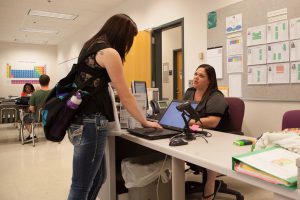
Keeley McConnell helping a student in Clark College’s STEM Tutoring Center.
By the time McConnell finished her last Math Academy class, not only was she prepared to enter college-level math courses—she’d been recommended to become a math tutor herself. The experience helped boost her confidence and gave her the tools she needed to continue pursuing her dream of becoming a physician’s assistant.
That goal would require her to spend two more years at Clark to earn an associate degree, plus another two at a four-year institution to complete a bachelor’s, followed by at least two years of medical school. But. One foot in front of the other. Stay focused on the path in front of you.
McConnell continued to thrive at Clark, finding she enjoyed the intellectual challenge of biology coursework. And once again, a mentor stepped in to change the course of her life. When biology chair Dr. Travis Kibota first approached her about applying to the BUILD EXITO Scholar Program, she was skeptical. Run by Portland State University in partnership with Oregon Health Sciences University, and with funding provided by the National Institutes of Health, the program helps undergraduates from diverse backgrounds become successful in health research careers.
“I was hesitant at first, because I wasn’t originally interested in going into research,” McConnell says. “But it’s been the most amazing opportunity.”
Through her participation in BUILD EXITO, McConnell joined a cohort of students from community colleges in the region who formed a Research Learning Community. Within that RLC, she could learn about careers in research, develop skills, and connect with mentors. She also had a built-in social network to help her make the adjustment to a four-year institution after she graduated from Clark in spring 2016.
“If I had had to do all this without EXITO, I would have been really overwhelmed,” she says. “I knew everyone at Clark—staff, faculty, students. PSU was huge. But the EXITO staff have been there for me—you can go in and ask them anything.”
Now a junior in her second semester at PSU, McConnell is deeply immersed in research in her chosen field of trauma medicine; she’ll even see her name on some upcoming research papers, a big boost to career advancement in the research world. “I work with the Chief of Trauma at OHSU,” she says proudly. “I wear a pager; when a call comes in, I’m there, collecting data and samples.”
McConnell says it was overwhelming when she first walked into OHSU. “I looked up and thought, ‘I’m so close. I’m literally standing in the building I want to have my future in. It’s what I’ve been waiting for my whole life.’”
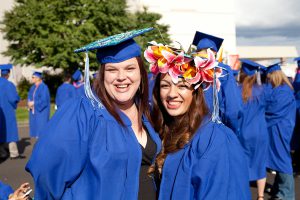
Keeley McConnell, left, celebrates graduation from Clark College in 2016 with a friend.
She still faces challenges. While BUILD EXITO students receive a stipend that significantly eases the financial burden of being a college student, McConnell still works 30 hours a week outside of school to support herself and her three children, now ages 8, 9 and 18. And she struggles to find time to be present for her children as a mom.
“It’s probably my biggest challenge right now,” she says. “But they’re great, they’re my little drivers. I want them to have something better. They need to see that, when you want something and you work really hard at for it, you can get it.”
McConnell brought her son with her earlier this year when she was invited to the Washington State Association of College Trustees’ Transforming Lives Awards banquet, where they sat between Clark College President Bob Knight and two state senators. “I wanted him to experience that,” she says. “But once we were there, I realized how big a deal this was for me, too. With me, I get so focused on the road ahead, I don’t spend much time thinking about the big picture. It made me realize, ‘Oh, gosh, I guess I have come a long way.’ And, you know, my kids and I–we’re still moving forward.”
Are you a student interested in participating in BUILD EXITO? The application deadline for the 2017-2018 year is February 28, and there is a free application help session on Friday, February 24, 10 a.m. – 11:50 a.m., in SHL 124.
Photos: Clark College/Jenny Shadley
